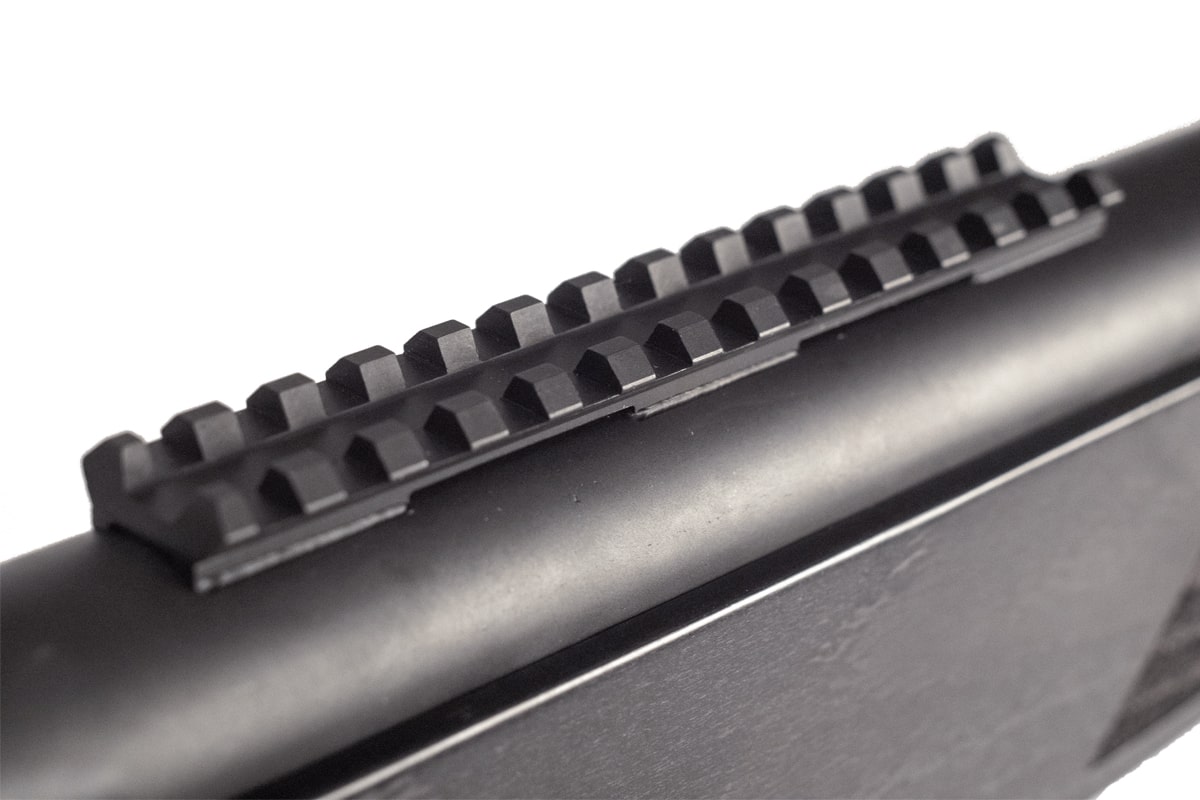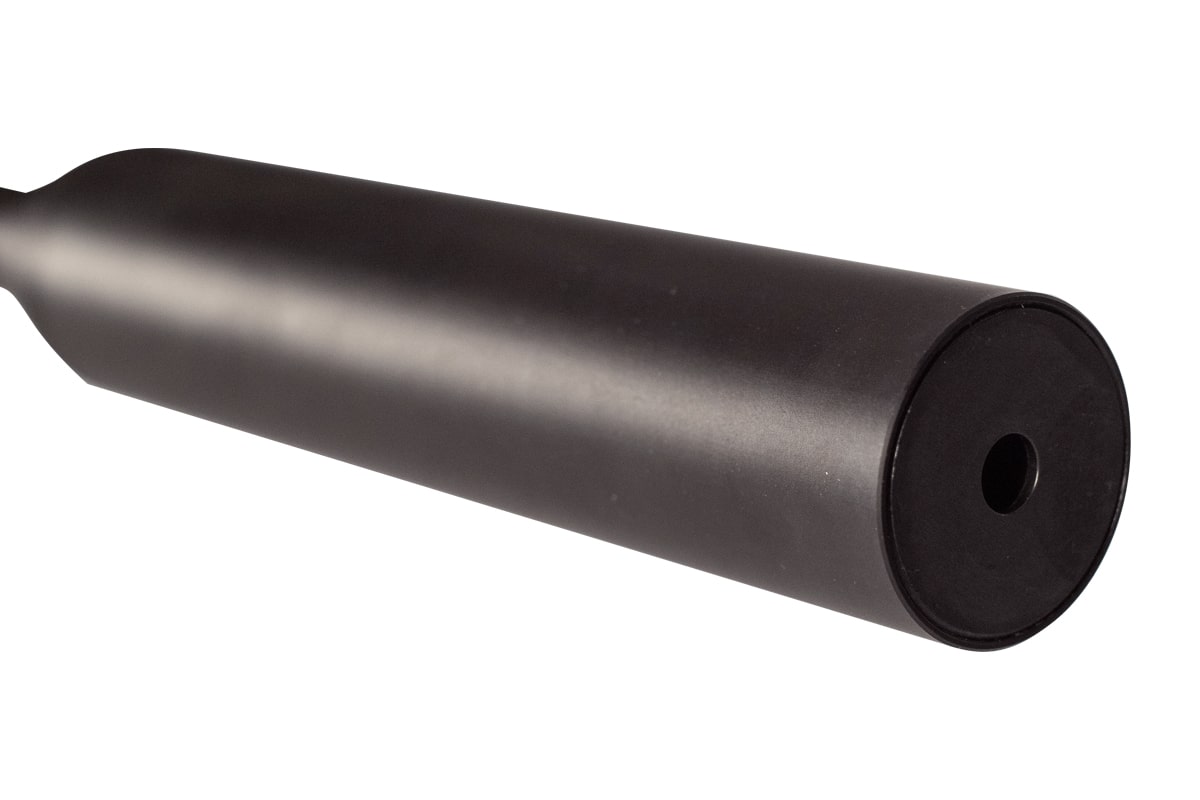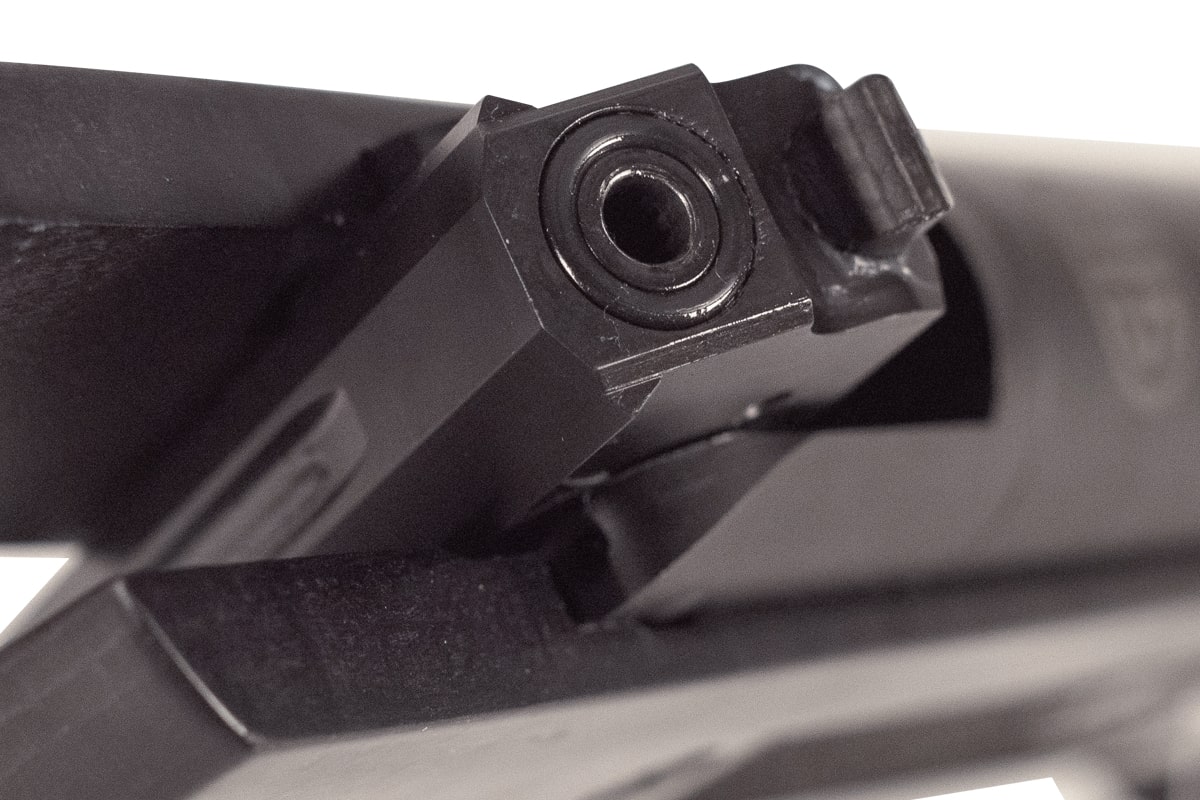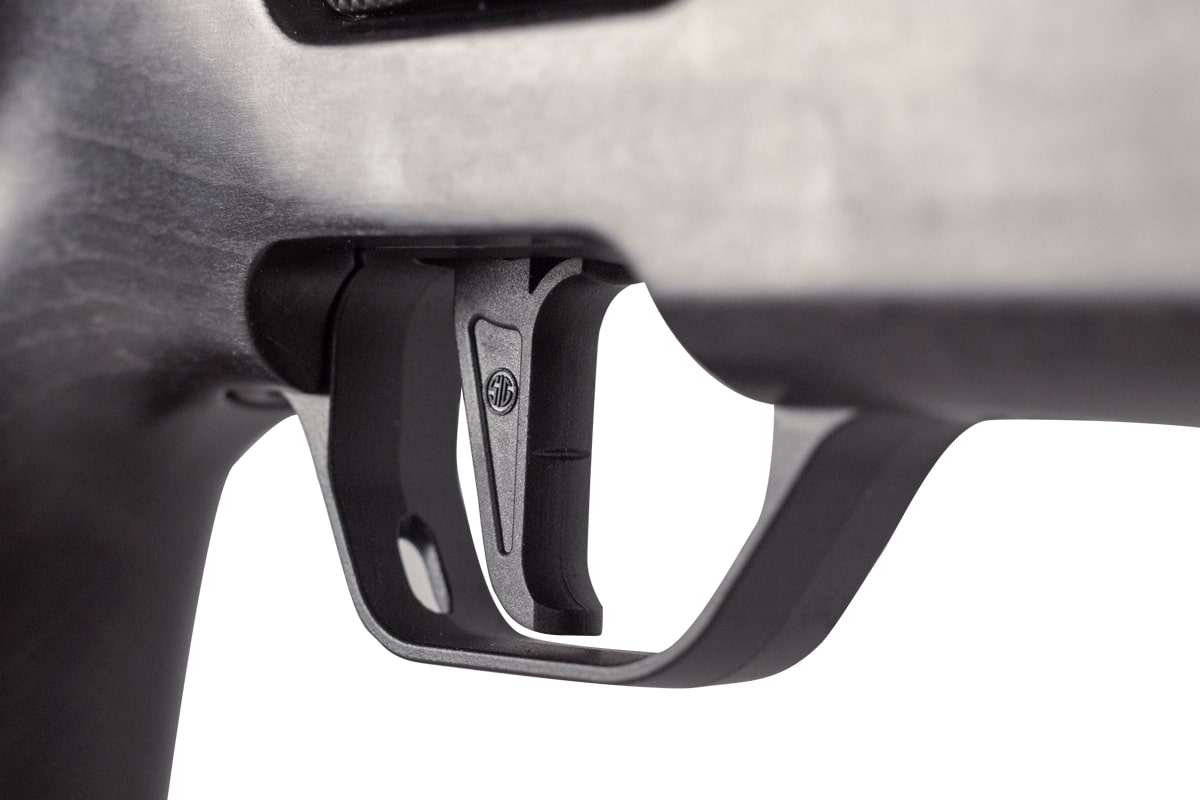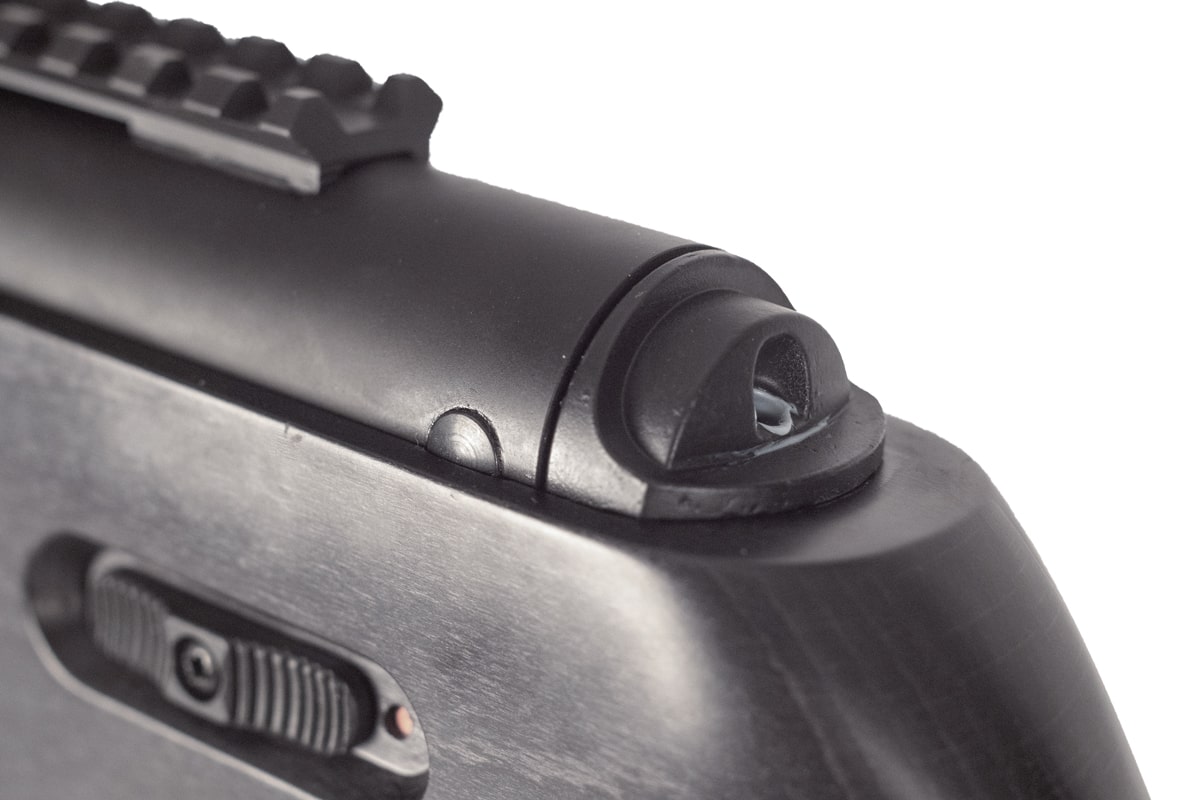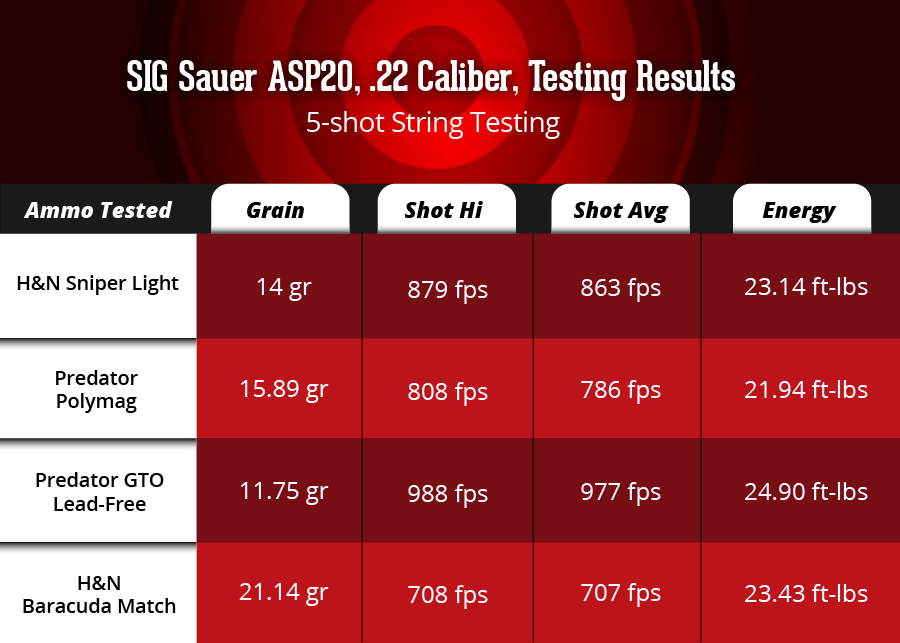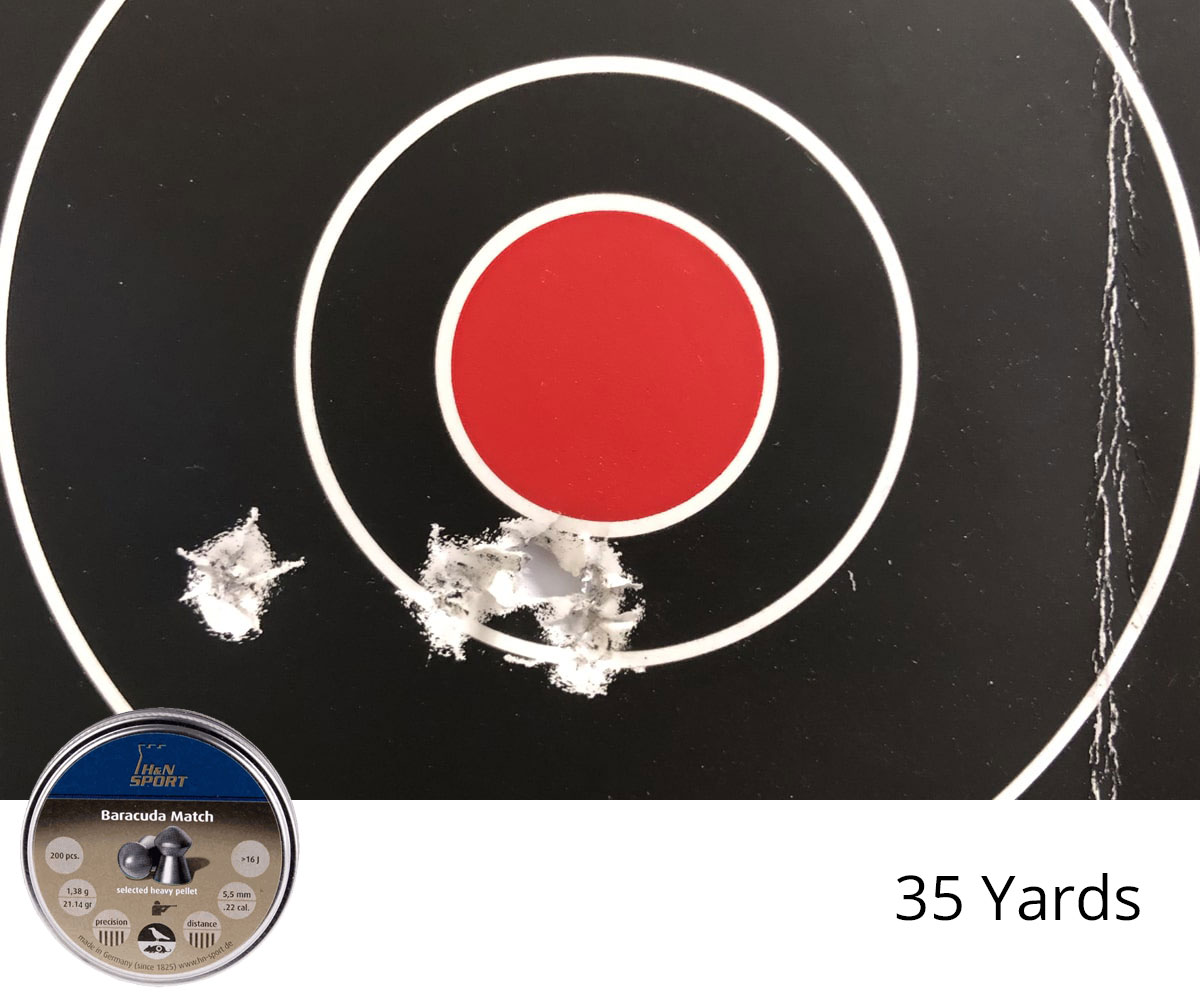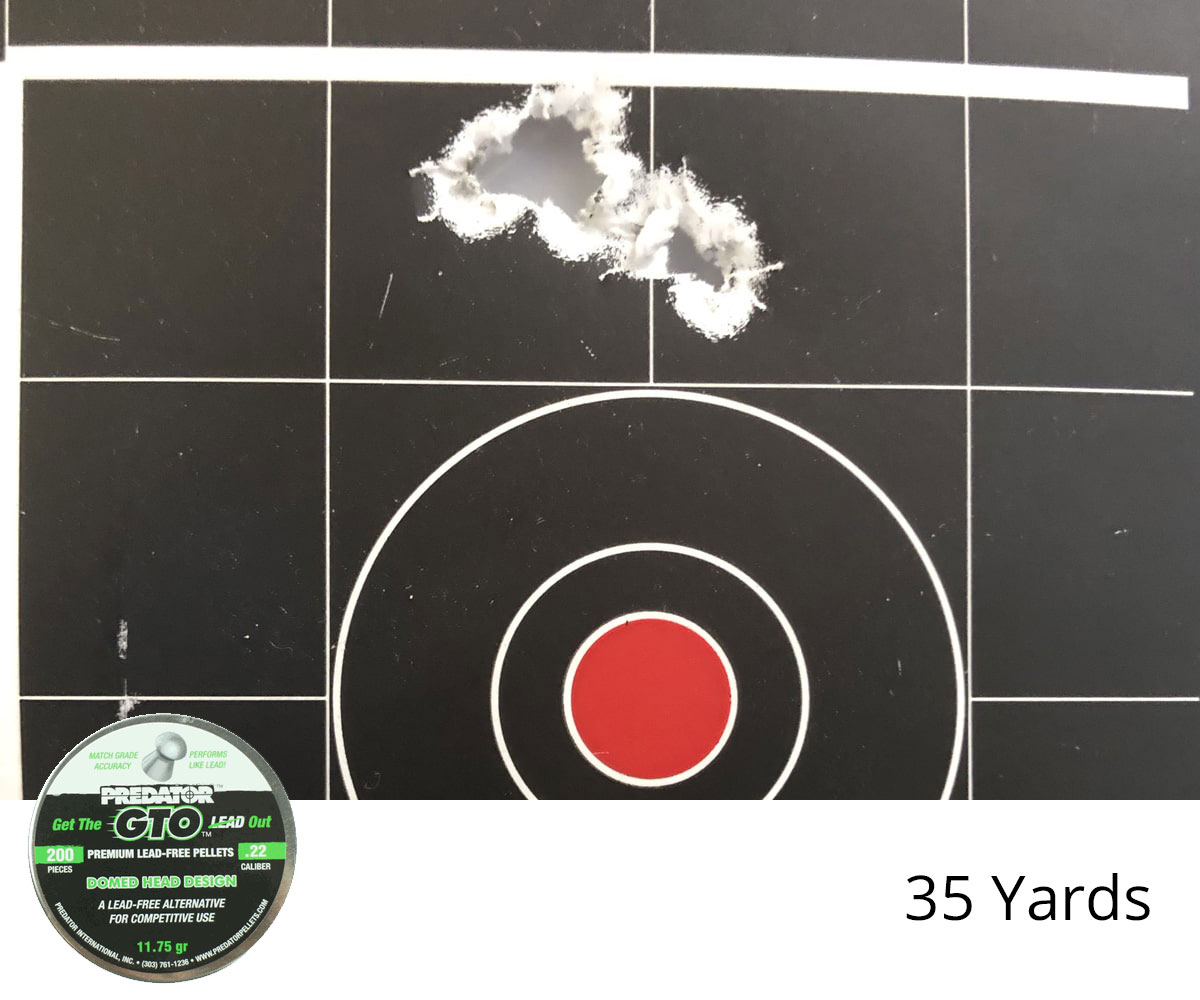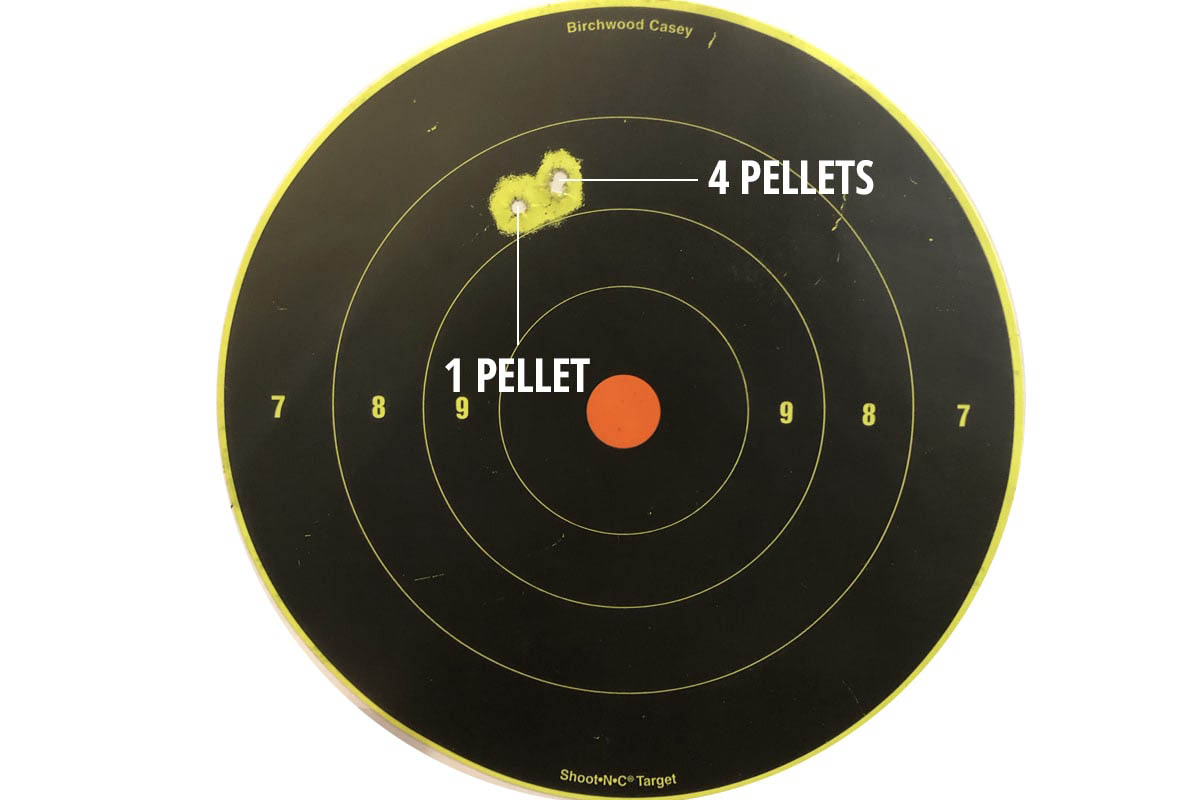Free Shipping on orders over $150
Talk to an Airgun Specialist 1-866-477-4867
Definitive Guide to Sig Sauer ASP20
Some might think that there isn't anything new to be done with break barrels. Fortunately, SIG doesn't agree! Built in the SIG firearm plant in New Hampshire, the SIG ASP20 is the first break barrel airgun to be built by a major American firearm manufacturer and it is chock full of innovations showing that SIG takes its airguns just as seriously as it does its firearms. In our opinion, this is a one of the best break barrels on the market today. To learn more about it, read on!
Highlights
Detailed Review
The SIG ASP20 is full of interesting features and innovations, but first let's give it the bird's eye view. ASP is an acronym for Advanced Sport Pellet and 20 refers to the power in foot-pounds that the .177 produces. (The .22 is advertised at 23fpe, but more on that below.) The ASP20 weighs 8.5 lbs, and is 45.6" long, which is two to three inches shorter than most magnum break barrels. It achieves this reduction in length by shortening and widening the compression chamber, which both shortens the lock time (the time between when you pull the trigger and when the pellet begins to move) and brings the barrel pivot point closer to the body so you have better leverage when you cock the gun. You will be glad to see that there is a Weaver/Picatinny rail for mounting optics because with a spring gun this powerful you need to be able to lock the scope rings down to keep them from moving. The stock is patterned after the SIG Sauer SSG 3000 sniper rifle, and it comes in two options, a dark-stained beech stock and a synthetic all-weather stock. Both have checkering (or, we suppose, stippling in the case of the synthetic stock) on the forestock and grip to help ensure a secure hold. The stock is completely ambidextrous, and since the manual safety can be actuated from either side the SIG ASP20 is absolutely southpaw friendly. On the muzzle end is an active moderator with felt wrapped spools that also functions as a cocking aid. It is laser welded on so it isn't coming off! In fact, all the welding on the ASP20 is done by a special laser welder that SIG bought just for manufacturing the ASP20. Much of the noise from a spring gun comes from the action of the piston shooting forward and colliding with the front of the compression chamber, but a moderator does help with the downrange report, especially on magnum springers. That being said, like all magnum springers, the ASP20 is not a silent gun: in our testing, the highest sound reading was 93.3db, which is still backyard friendly for almost all backyards. The rubber butt pad on the other end of the gun will keep it settled securely in your shoulder without a lot of pressure and will keep it from slipping when you lean it up in a corner. The metal surfaces of the gun are ferritic nitrocarburized, which isn't a coating that can wear off; instead, it is a sort of case-hardening process which toughens the metal and makes it resistant to scuffs and oxidation. It is non-reflective and doesn't show fingerprints either. One of the most remarkable features of the ASP20 is its relatively light cocking effort. Instead of taking 50ish pounds of cocking effort like most magnum springers putting out this much power, its cocking weight is only 33 pounds, making it very pleasant for long shooting sessions. It achieves this with a number of innovations. One of these innovations, and one of the real standout features of the ASP20, is the breech lockup system that is unofficially being called the Keystone Breech Lock, because the breech locks up like a keystone in an arch. A wedge detent pulls the breech tight, and angled flanges on the breech match up with beveled shoulders to give perfect alignment each time. Of course, for this to work perfectly the pieces need to match up precisely, and that is exactly what they do. To ensure this, SIG match drills the breeches, that is, the breech and action forks are matched up, clamped together, and then drilled in one stroke. Those matched pieces are then assembled so that each gun comes out with absolutely precise lockup. And because of this design you never have to worry about it loosening up with time and wear; in fact, the breech is quite loose until you lock it up, which adds to the ease with which the gun can be cocked because you aren't fighting the friction that most break barrels need to be accurate. The GlideLite™ cocking mechanism involves an articulated cocking shoe that eliminates galling, reduces friction, and smooths out the cocking cycle. The barrel is manufactured by SIG and is precision honed, which is an extra step that adds more accuracy to the gun. It has 12 lands and grooves and a 1:450mm twist rate, and it isn't choked. Don't think that the lack of choke takes away from the accuracy though - just see our results below. Each barrel is also air gauged and inspected by a bore scope! The breech has a two-part leade that tapers into the rifling so pellets load more easily and the skirts don't get smashed when it closes, however, we did notice that some pellets were fairly difficult to load. The SIG ASP20 is powered by a gas spring, sometimes called a gas strut or a gas ram. Gas springs are less sensitive to the cold, and they don't take a set if you leave them cocked. They also don't have rotational torque when they decompress, which means they tend to cause less hold sensitivity, and this is a big deal for a magnum springer. In fact, during our accuracy testing we found it shot best while rested directly on the sandbag. The only real drawback to gas springs is that they aren't tuneable in the way that coiled springs are, but once you shoot the ASP20 we're pretty confident you'll agree that it doesn't need any tuning. There isn't any vibration, just a solid thwack, and this is due in part to the synthetic dampener incorporated into the base of the piston?just another example of SIG going above and beyond in their efforts to make this the best break barrel on the market. SIG put a lot of development into the ASP20's MatchLite® trigger; in fact, they have filed two patents for it. It is a two-stage adjustable trigger that also adjusts for weight. It has a wide blade that is composed of fiberglass-infused nylon polymer over-molded onto a zinc bearing sleeve. SIG includes a bent screwdriver that enables you to adjust the trigger weight while the scope is mounted. The turn of a screw adjusts the trigger for pull weights from 2.5lbs to 4lbs in increments of 2 oz, but note that you have to apply some pressure to the screw to get it to engage the weight adjustment. The MatchLite trigger has a bracket that controls how the trigger breaks, and can be adjusted by means of a screw for a longer first stage and clean crisp second stage or can be adjusted to be a single stage trigger, or anywhere in between. The trigger travel remains at 4mm regardless of how it is adjusted. The design of the trigger prevents it from being adjusted past its safe parameters, so you don't need to worry about the mallet test, or putting your gun out of commission. A break weight of 2.5 pounds is just about right for a hunting gun, and while target shooters may wish that it adjusted down lower, in our testing it broke so cleanly and predictably that the higher weight didn't affect accuracy at all. It really is a very good trigger, so don't look at the break weight and discount it. The trigger on our gun was well broken in and averaged 2lbs 3.4 oz, which is below the advertised weight. An anti-bear trap mechanism complements the manual safety adding an extra layer of security. That doesn't mean, though, that you don't need to hold onto the barrel while loading a pellet!
Power & Accessories
It's easy to forget how powerful the ASP20 is when you are shooting it because it cocks so easily and shoots so smoothly, but this is a very powerful magnum springer! As mentioned above, SIG claims 20 fpe for the .177 and 23 fpe for the .22, but most of the pellets we tested in the .22 caliber delivered over 23 fpe as you can see in the chart below. And our testing was done at nearly 5000 feet of elevation, so you can expect 10-15% more power at sea level. The extreme spread varied by pellet, but the best was with the H&N Baracuda Match 21.14gr pellets. They had an extreme spread of only 5 fps which resulted in a standard deviation of 1.85 fps! Those are fabulous numbers! We tested a number of pellets and found that the ASP20 isn't very pellet fussy, but we did notice that after switching pellets it took a shot or two to settle in. While the topic of "barrel seasoning" or "barrel buttering" is somewhat controversial, that seemed to be what was happening here because the first shot in most of our groups was a little wide and then the rest tended to group very tightly. Of course, that could have just been the shooter! We found three pellets that performed especially well at 35 yards. Predator GTO 11.75 grain lead-free pellets put 4 out of 5 in 0.19 inches and a sixth shot opened the group up to a still very respectable 0.45 inches. The SIG Wraith Ballistic 12.5 grain lead-free pellets put 5 out of 5 in 0.44 inches. The 21.14 grain Baracuda Match in the 5.51 head size again sent one wide but put the next 4 in 0.33 inches. And finally, the 14-grain H&N Sniper Lights threw two shots wide but put 5 out of 7 shots in 0.27 inches. These groups are coming out of a magnum springer shot while resting directly on the sandbag! Many springers putting out this amount of power would be happy with one-inch groups at this distance. However, the best target that we shot with the ASP20 was the very first, before we even sat down and started testing it for real. The group in the picture below was shot at 35 yards with, we think, SIG Ballistic Crux lead free pellets (we're not sure if those were the actual pellets because they didn't perform as well in the official testing). The first shot again was wide of the rest of the group, but the rest of the group consisted of 4 shots in 0.059 inches! That is probably the best group we have ever seen out of a springer here at Airgun Depot, and one of the best groups out of any airgun, period! Accessories for the SIG Sauer ASP20
If you decide to go with a scope make sure it is rated for a magnum springer. If you are looking for an scope, the UTG SWAT 3-12x44 AO scope is a good option, however it isn't much cheaper than the Whiskey3 is if you get it in the bundle. Summing Up
The SIG ASP20 has got us more excited than any other break barrel in a long time! We've never seen this combination of accuracy, power, ease of cocking, and relative lack of hold sensitivity in any spring gun before. With its power you will be able to hunt small game and with its accuracy you'll be able to compete in shooting competitions, and since it is so easy to cock and shoot you'll be picking it up each time you head into the backyard. If you want a high quality break barrel that will provide years of shooting pleasure, then take a long look at the SIG ASP20. If you have any questions leave them below, and once you've had a chance to send some lead downrange leave a review to help others decide.